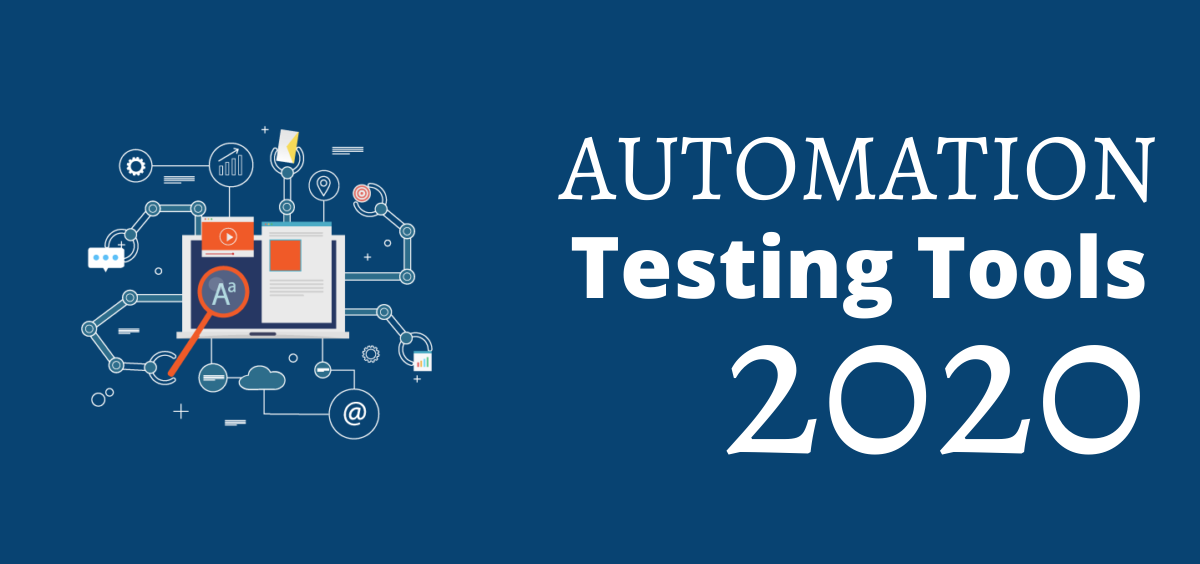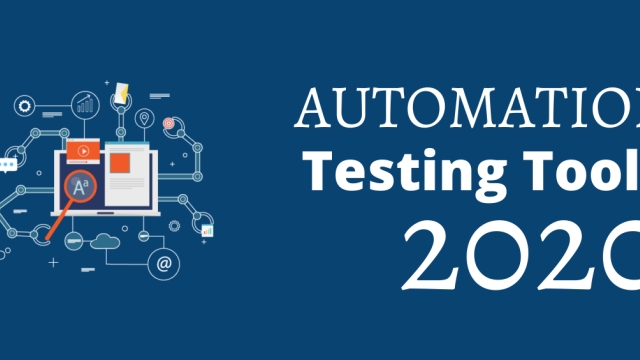
In today’s fast-paced technological landscape, the demand for efficient testing processes is more significant than ever before. Rapid Test Automation has emerged as a game-changer in accelerating the software testing life cycle, enabling organizations to achieve higher levels of productivity and quality assurance. With the evolution of Test Automation Tools, testing professionals now have powerful solutions at their disposal to streamline testing activities and enhance overall efficiency. Through the utilization of these advanced tools, testing teams can amplify their capabilities and deliver robust, reliable software products to market with unprecedented speed and accuracy.
Benefits of Rapid Test Automation
Increased Efficiency: Rapid Test Automation allows for the quick execution of test cases, saving valuable time and resources. The automated tools can run tests at a much faster pace than manual testing, enabling teams to identify defects and issues promptly.
Improved Accuracy: By automating the testing process, human error is significantly reduced, leading to more precise and reliable results. Test Automation Tools can perform repetitive tasks with consistency, ensuring that each test is executed in the same manner every time.
Cost Savings: Implementing Rapid Test Automation can result in long-term cost savings for organizations. By reducing the time and effort required for testing, companies can allocate resources more efficiently and focus on other critical aspects of software development.
Key Features to Look for in Test Automation Tools
Visit Website
When considering test automation tools, one crucial feature to look for is robust scripting capabilities. Tools that support a variety of scripting languages such as Python, Java, or Ruby provide flexibility for automation engineers to write tests efficiently based on their programming expertise.
Another important feature is cross-browser and cross-platform compatibility. Ensuring that the automation tool can support testing on different browsers like Chrome, Firefox, and Safari, as well as various operating systems such as Windows, MacOS, and Linux, is essential for comprehensive test coverage.
Integration with popular CI/CD pipelines like Jenkins or GitLab is also a key feature to consider. Seamless integration allows automation tests to be triggered automatically during the software development process, enabling continuous testing and faster feedback loops for agile teams.
Best Practices for Implementing Rapid Test Automation
In order to successfully implement rapid test automation, it is crucial to begin by conducting a thorough analysis of your testing requirements and existing processes. By understanding the specific needs of your organization, you can identify areas where automation can bring the most value and prioritize those for initial implementation.
When selecting test automation tools, it is important to evaluate factors such as ease of use, scalability, integration capabilities, and support services. Choosing a tool that aligns with your team’s expertise and project requirements can significantly impact the success of your automation efforts.
Regularly review and update your automation strategy to ensure its effectiveness over time. Continuously monitor test results, identify bottlenecks, and make adjustments as needed to optimize testing efficiency and maximize the benefits of rapid test automation.

